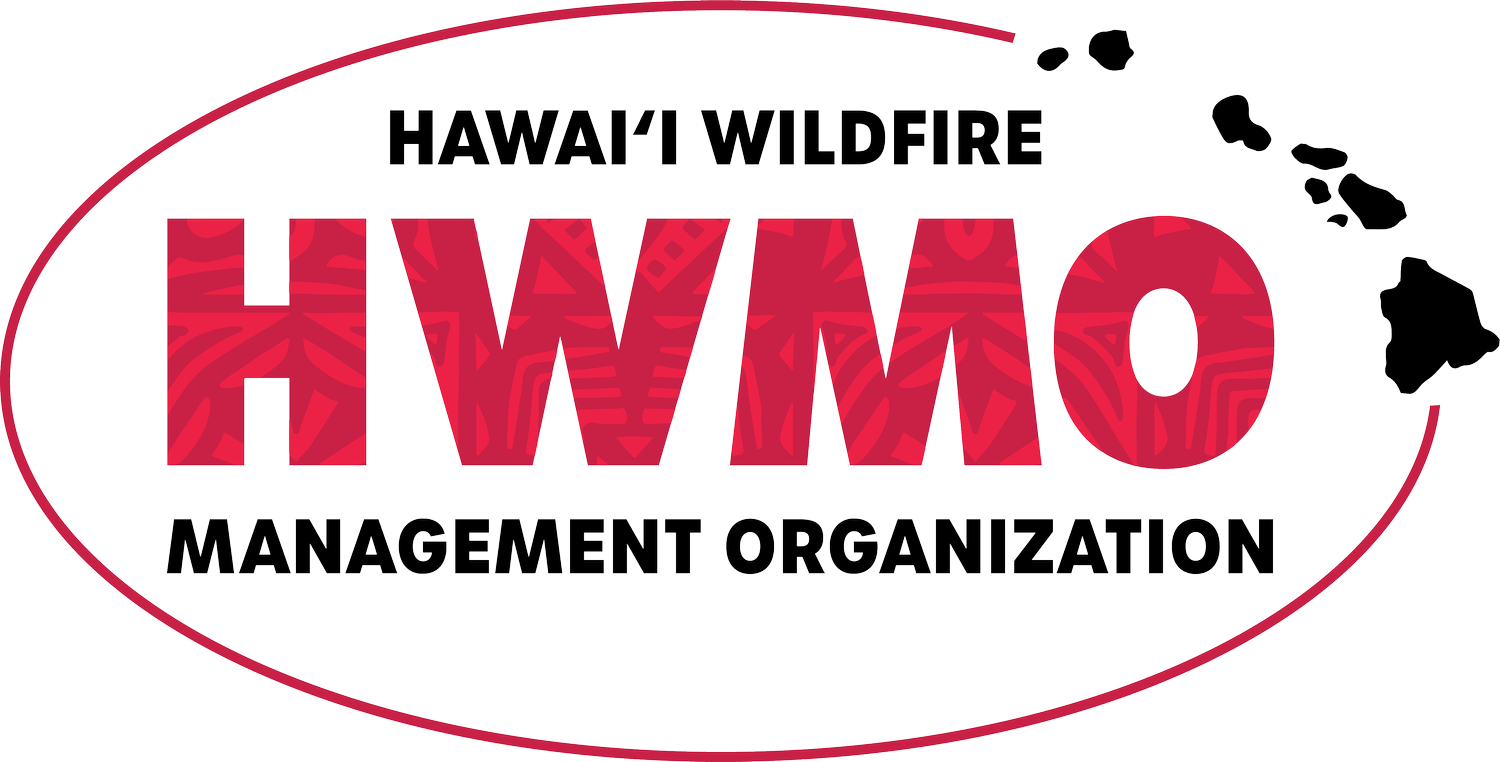HWMO and its partners statewide worked together to launch Wildfire & Drought Look Out!, Hawaii's first coordinated statewide wildfire outreach campaign. Here are a number of news clippings from TV, radio, and newspaper sources and the links to each source.
KHON2:
“‘I have been preparing for it for years now,’ said Momoa. ‘Ever since I moved in there, I could see the vision that it was going to burn soon.’”
Big Island Now:
“‘We have set up both a public and a media page on the HWMO website. The public page will have loads of information for home and property owners on how best to prepare for the possibility of wildfire well in advance,’ said HWMO Executive Director Elizabeth Pickett. ‘We’ll include water saving information which is really topical during this prolonged drought event in many areas across the state, largely caused by El Nino weather conditions.’
HWMO will also maintain and manage a media page, where partners can contribute story ideas and leads for reporters and their news organizations.”
Maui News:
“Prevention suggestions include:
* Clearing combustible materials near homes and lanais.
* Keeping grass short and tree branches off of the ground.
* Creating a defensible space at least 100 feet around a home.
* Removing leaves and debris from gutters and roofs.
* Covering eaves and vents with -inch mesh.
* Creating and practicing a family evacuation plan.”
HPR:
“With an above-average fire season ahead, state officials stress a need for public awareness. Hawai‘i Wildfire Management Organization is a nonprofit that’s working with federal, state and local agencies to kick start a campaign to provide information and tips for homeowners. More information can be found on their website, hawaiiwildfire.org.”
Honolulu Civil Beat:
More than 60 percent of the state is experiencing moderate drought conditions, and parts of the Big Island are facing extreme drought, according to the U.S. Drought Monitor.







